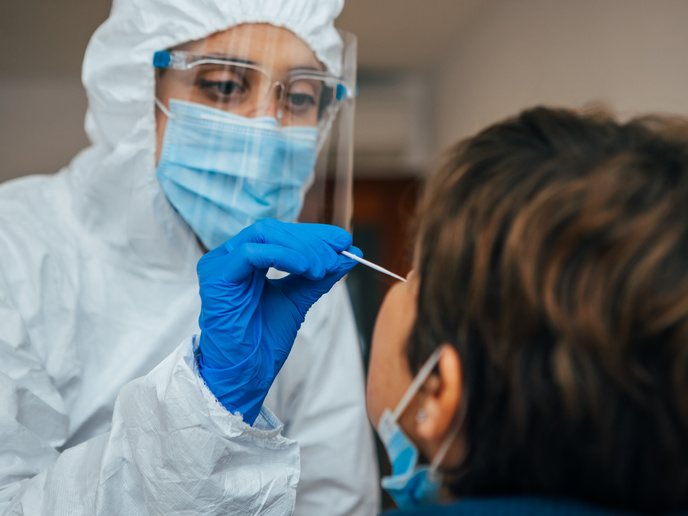A novel vaccine against tuberculosis
Mycobacterium bovis (M. bovis) infects millions of cattle costing the agricultural community billions of euros every year. Even in developed countries, successful eradication of disease from livestock is hampered by the presence of wild boar reservoirs of M. bovis. This problem is particularly relevant in Spain and Portugal, but extends to several other EU countries. The primary objective of the EU-funded WILDTBVAC(opens in new window) (Integrated solutions for tuberculosis control in animals combining vaccination and multi-species diagnostics) project was to provide a TB vaccine and strategies to enable infection diagnosis in livestock. Researchers first selected a particular isolate of M. bovis for medium-large scale production and generated a vaccine that consisted of inactivated bacteria. Vaccination was performed parenterally in domestic pigs with good tolerability and immunogenicity results. Importantly, studies in cattle showed that if the vaccine were to be used as an oral bait in wildlife it would not compromise diagnostic tests (intradermal tuberculin test or gamma interferon assay) for bovine TB that ulitises tuberculin-based or novel reagents, or reagents based on defined antigens. When it comes to implementing control strategies in wild animals, several factors including the characteristics of the wildlife hosts and the geographical range of the pathogen/reservoir must be considered. It is generally difficult to assess one single measure under natural conditions. Nonetheless, field results from vaccinated wild boar indicated a significant reduction of lesion scores and TB prevalence. With respect to diagnostic assay development, the consortium generated a lateral flow device prototype and a double recognition enzyme-linked immunosorbent assay (ELISA). Although both assays had comparable specificity, DR ELISA exhibited higher sensitivity at detecting the protein target MPB83 in sera samples from different wild, zoo and pet animals. Activities of the WILDTBVAC study support the feasibility of following a wildlife vaccination strategy that does not interfere with diagnosis in domestic animals. This promises to improve livestock welfare and reduce direct economic losses to farmers due to decreased production and veterinary care.







